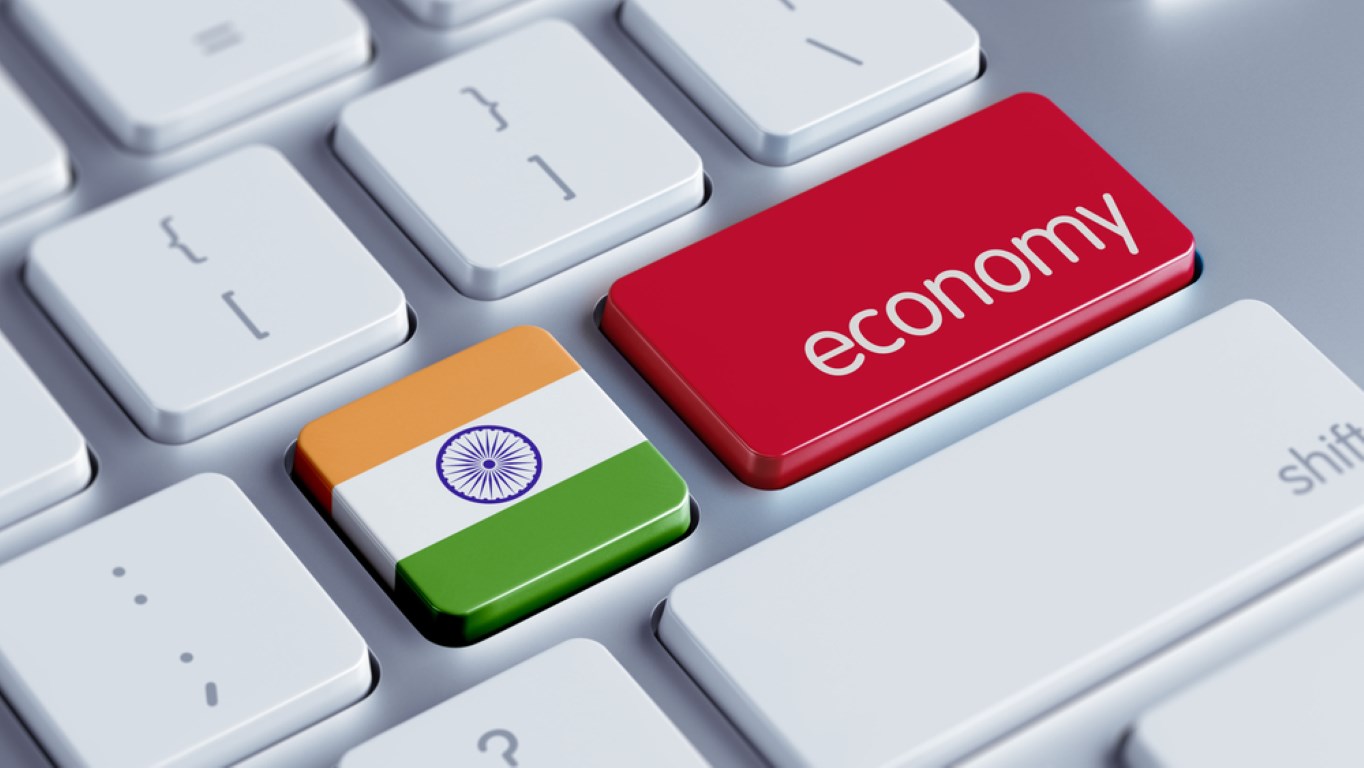Indian economy woes
September 28, 2017 | Expert Insights

The growth of the Indian economy has considerably slowed down.
Between the months of April and June, it grew by 5.7%, which is a three year low. What’s the cause for this slowdown?
Background
India’s economy can be described as a developing economy. It is the world's seventh-largest economy by nominal Gross Domestic Product. It is also the third largest economy in terms of purchasing power parity (PPP). However, it ranks at 141 in per capita GDP (nominal).
The Indian economy experienced a huge spurt in its growth rate in the 1990s. This has been attributed to abolishment of the License Raj system that had been in place from 1947 to 1990. Much of the economy had been strictly controlled by the state. However, in the 90s, the country relaxed its rules and welcomed foreign investments. Thus, India was able to achieve a growth rate of 6-7% annually. It became one of the fastest growing major economies in the world.
In June 2017, it was revealed that India’s economic growth had slowed to 6.1% in the fourth quarter ending March 2017 as compared with 7.1% in the previous quarter. The growth rate has further slowed down during the April-June period to 5.7%. This is a three-year low.
Analysis
In September, the Indian government announced that the retail inflation in the country rose 3.36 per cent in August from a year earlier. Experts believe that part of the reason for the country’s economic slowdown could be the demonetization scheme that was introduced on November 2016. The annual report from the Reserve Bank of India has revealed that 99% of notes that were demonetized in November 2016 had been returned to the banks.
The introduction of the Goods and Services Tax has also added to the woes. Petrol and diesel prices in India are at a three year high. This despite the fact crude oil prices have almost halved during the period. For India to be able to pull millions out of poverty, the GDP will have to grow at a steady rate of 7%.
Economist Vijay Joshi has said, “At a growth rate of 3% a year, income per head would double, and reach about the same level as China's per capita income today. At a growth rate of 6% a year, income per head would quadruple to a level around that enjoyed by Chile, Malaysia and Poland today. If income per head grew at 9% a year, it would increase nearly eight-fold, and India would have a per capita income comparable to an average high-income country of today."
However, such high growth rate may not be possible in the near future. The exports in India are lower now than they were in 2013. There are 12 million Indians entering the workforce every year but many do not have the education and work skillset required to get salaried employment. Additionally, construction and real estate sectors are not growing at a fast-enough rate to provide adequate employment to those who are seeking labor centric jobs.
The Asian Development Bank (ADB) has lowered India’s GDP growth forecast for the current fiscal to 7%. It had earlier estimated India’s growth rate would be 7.4% in July 2017.
Assessment
Our assessment is that India is facing a huge underemployment problem. However, this will be only one of the few issues affecting the Indian economy. Demonetization and a public-sector banks who are struggling have also contributed to the problem. The Indian economy has to grow steadily by at least 7% annually in order to recover. Will RBI and the government be able to address these issues?








Comments